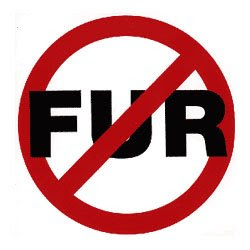1. Organizations like Greenpeace and World Wildlife Fund have dedicated themselves to preserve the earth and its ecology. Many volunteers join organizations like these and work for the environment. You can find some international/local organizations like these and join them.
2. Boycott fur coats and medicines made from rare animals. Boycott ornaments made from ivory and staff like this. Baby seals are murdered for their skin, as it is used to make expensive coats- don’t bye them.
3. Raise your voice against this injustice. Peaceful protest, human chain, petition and rally are some ways to do it. You can also write a heart felt and logical letter to the government stating your ideas about this issue and how it can be solved.

4. Try to raise awareness amongst your local people. Apart from face to face interaction, the best way to do so is blogging. Blog about endangered animals and what we can do to help them. If you have posts like this, then please write about it in the comment section.
5. Recycle and reuse. It will reduce the need to have more raw materials to produce something. As a result a lot of trees will be spared and wild animals’ habitat will be undisturbed.
6. Governments should come forward to create more safe zones and national parks for wild animals where they will be able to move freely without worrying about hunters and poachers. Governments should apply strict laws to stop poaching.
7. You can make a little room for your wild neighbors. Like, you can build a bird house and feed local birds.
8.Plant a tree!
9. Stop hunting for pleasure.
10. Donate money or trees to different non-profit organizations which work to protect the wildlife. You can donate money to Greenpeace, World Wildlife Fund etc. You can gift trees from Arbor Day Foundation.



